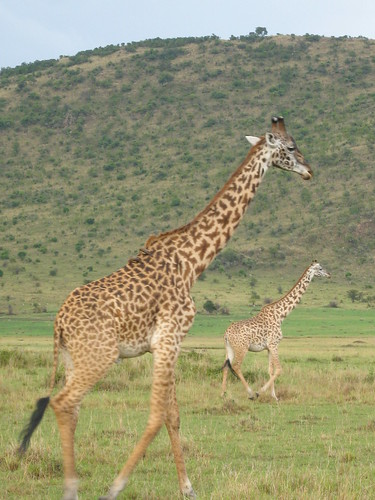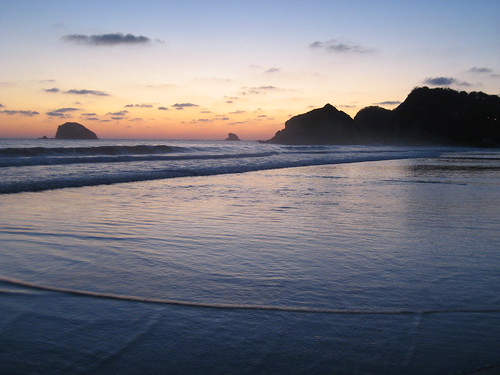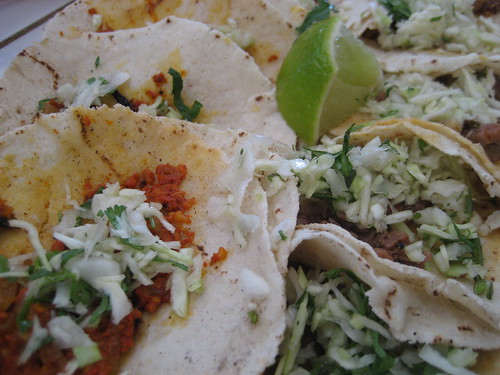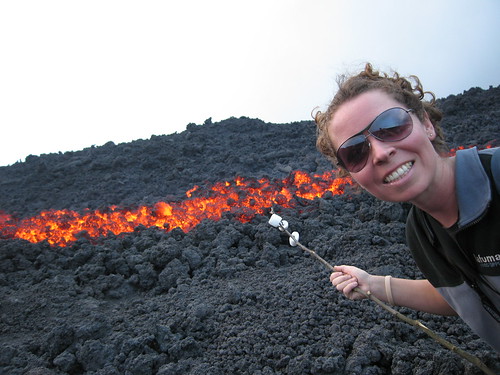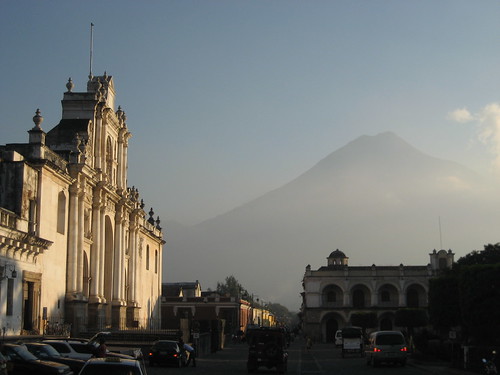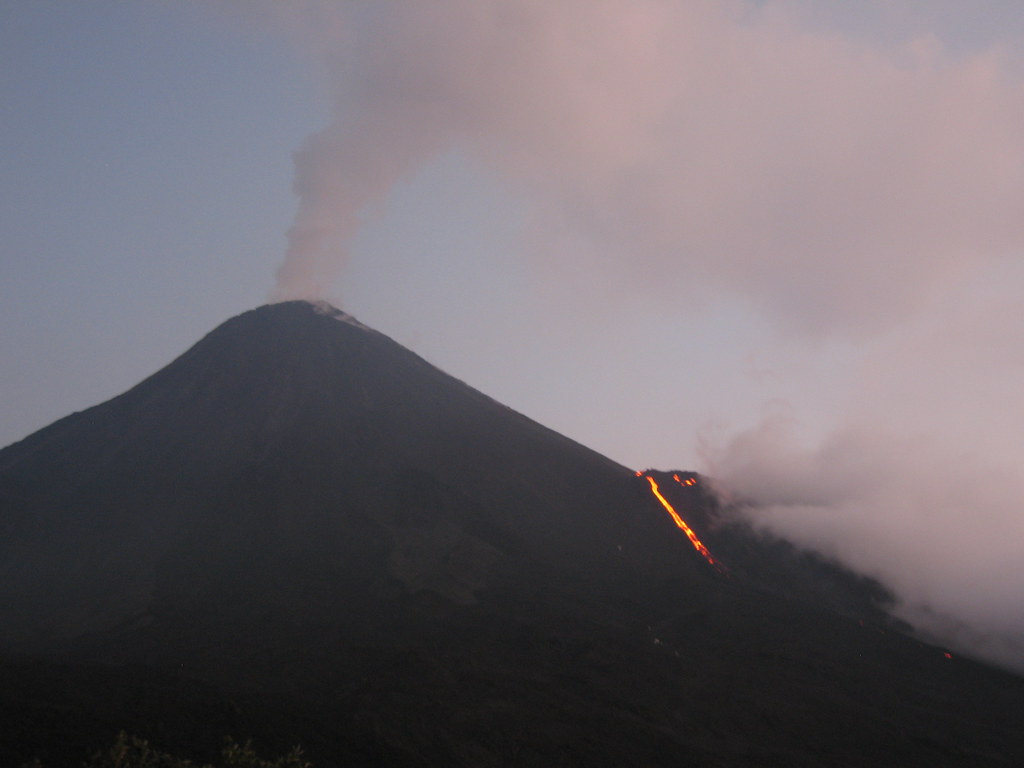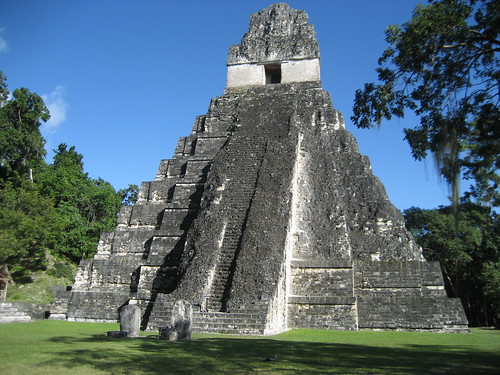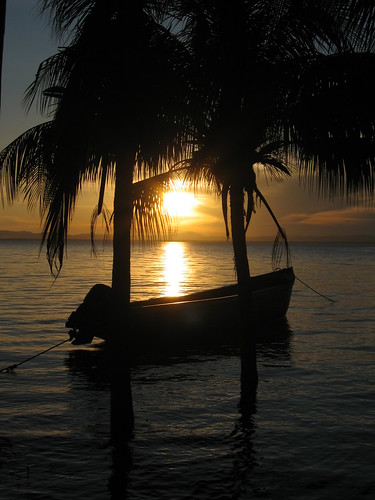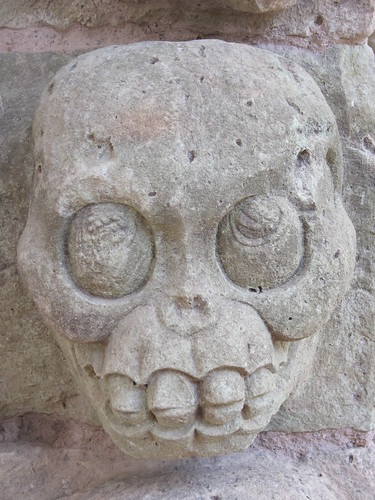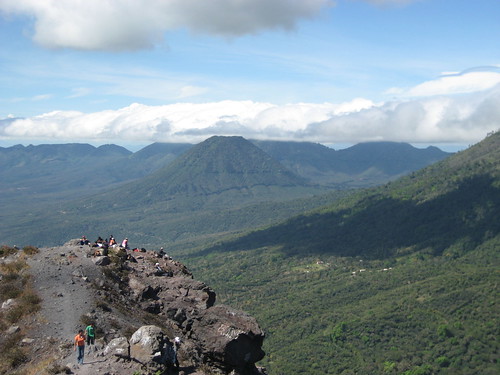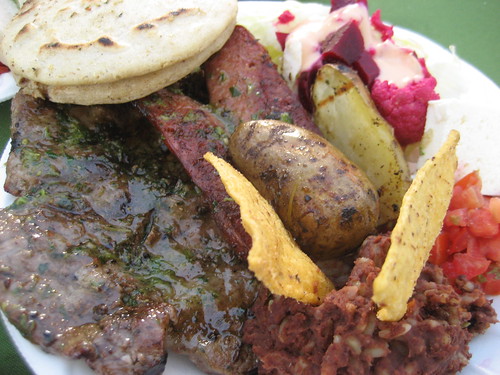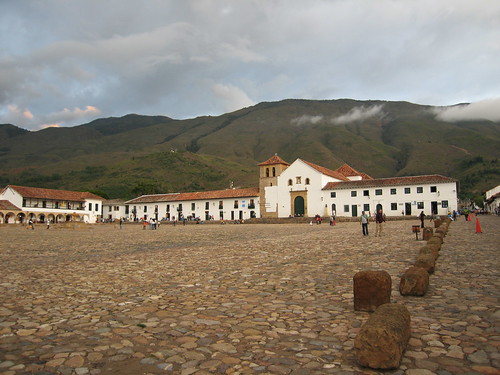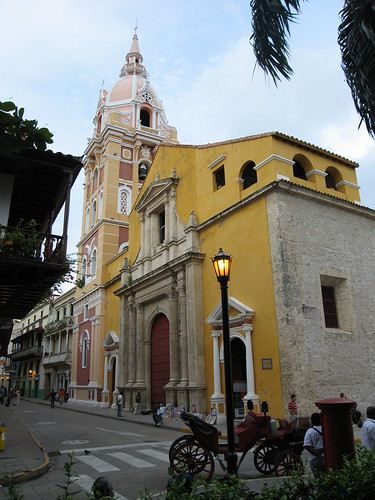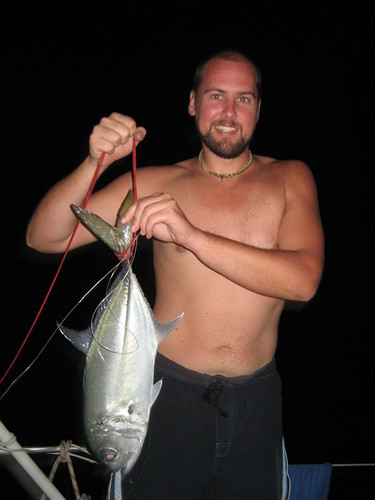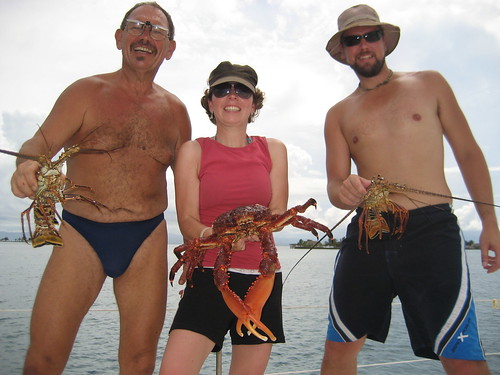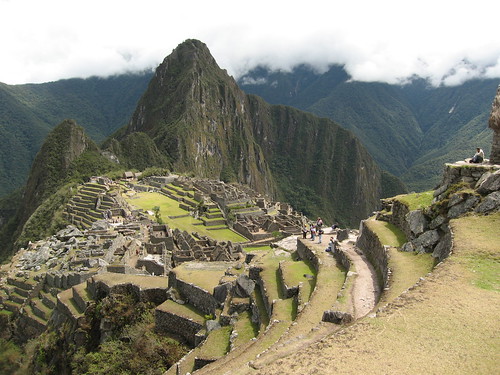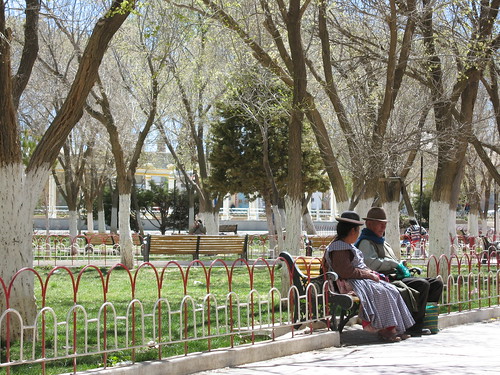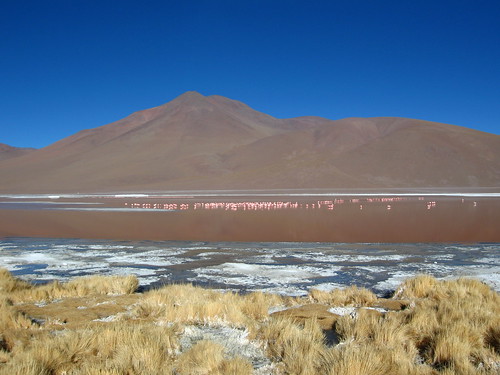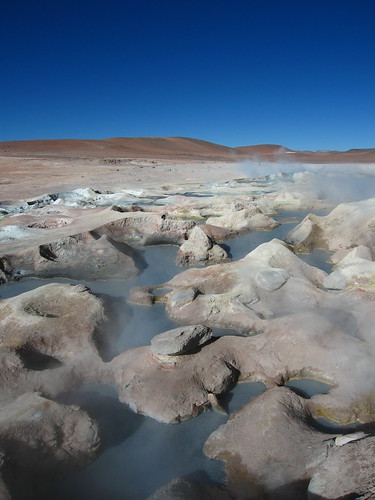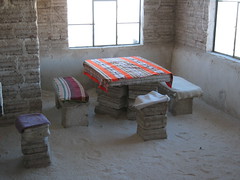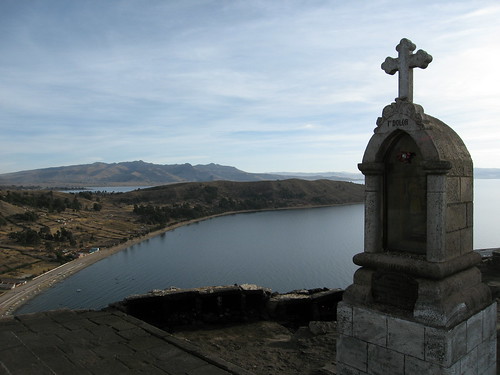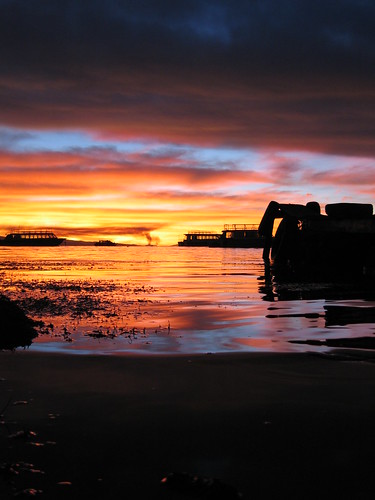Kenyan Critters
:: L'Elephants ! ::
After a hectic week in Ireland we departed for Nairobi and landed straight into culture shock. The first obvious difference to the Western world is that everything happens at a slow pace and if you let it annoy you you'll spend your time in Africa going insane. Passengers from our plane queued with completed forms in Nairobi airport waiting to be relieved of the $50 US dollar visa fee and have their passports stamped. Families skipped the queue and filled up complicated forms at the desk, multiple wheelchairs jostled into pole position and then in the middle of it all, the immigration staff upped and changed shift.The huffing, puffing, frustration and eventual audible cursing clearly showed people were off to a very bad start.
We took the slow public bus from the airport into the downtown area and wandered around looking for a hotel. After a nap we had a quick scout to get our bearings and located some places to eat. If you like chicken and chips then this is the dream destination for you. In fact it's hard to find a place that's not a chipper. Fortunately or unfortunately we chose a hotel whose beds were far too comfortable so it was hard to get motivated to go out and sight see in the heat. When we did emerge it was to the news that a supermarket around the corner from us had gone up in flames trapping some people inside. Throngs watched on the streets as flames licked the building and a old helicopter circled from above.
Walking around Nairobi is like stepping back in time, all the buildings feel old fashioned and out of date. Even the Hilton Hotel is a retro tower, in the 60's probably the height of progressive architecture today it looks tired and over the hill. Thousands of people go about their business, mini buses and taxis clog the roads but in contrast to other populated places in the world everyone is laid back. So relaxed, in fact, that nobody bothers to shout or sit on their horn.
We spent a couple of days in Nairobi checking out safari companies and getting used to standing out from the local population before heading off to Masai Mara Game Park. Our safari was booked through a budget backpackers guest house, usually the van holds seven tourists. The morning of our departure we turned up to find that the rest of our group had mysteriously disappeared so we ended up on the safari by ourselves. This later became amusing when out on game drives bumping into expensive luxury safaris with seven people crammed into a van.
Our safari spanned four days in which we did an evening, dawn and two full days of game driving. Most tourists come to see the "Big Five" elephants, buffalo, lions, leopards and rhinos. We got four ticks, the endangered rhino proved elusive right up until the end. Approaching the Masai Mara with the Big Five in mind is not ideal as there are so many animals not on the list that deserve more attention. It's spectacular to see all the animals in a truly wild setting. Our highlights included lions up close and personal, hippos, giraffes, baby elephants, cheetah and a leopard. We also got to see some kills - good to see the gory part that you definitely don't see in the zoo. Our guide Joseph was excellent with impressive eyesight spotting small animals at great distances. Supplemented by info over the radio from other guides as they search the park for animals. One of the most remarkable elements of the safari was just how close you can get to the animals. And probably more remarkable how close animals like lions allow you to get to them. The lions we saw were in very close proximity, ignoring the vans and super arrogant.
Game drives consist of driving around the park randomly hoping to spot wildlife. Some animals like giraffes and elephants are easy but you still have to find where the groups are. Wildebeest hadn't arrived yet from Tanzania so the park was not overrun with them. Eyes get tired scanning the terrain for something out of the ordinary or peering up into trees trying to spot a leopard. You wonder how anyone spots some of the shyer animals. Everyone has their favourites, ours were the elephants, family of warthogs.... our least favourite the evil looking hyenas.
Probably one of the most pleasant surprises of the safari were the accommodations. Expecting simple tents and long hole drop toilets we arrived to huge canvas tents complete with concrete en suite (hot water, flushing toilet, soap and towels). No such thing as camp beds, instead we had two proper beds with mattresses, sheets blankets and bedspread. A complimentary umbrella to allow guests to move dryly between the dining room and tent was the cherry on the cake. In fact we wondered how much more people could possibly be getting that were paying more for their safari.
After a great safari we headed back to Nairobi and hopped on a 12 hour bus to Dar es Salaam in Tanzania.
Read Full Post...
We took the slow public bus from the airport into the downtown area and wandered around looking for a hotel. After a nap we had a quick scout to get our bearings and located some places to eat. If you like chicken and chips then this is the dream destination for you. In fact it's hard to find a place that's not a chipper. Fortunately or unfortunately we chose a hotel whose beds were far too comfortable so it was hard to get motivated to go out and sight see in the heat. When we did emerge it was to the news that a supermarket around the corner from us had gone up in flames trapping some people inside. Throngs watched on the streets as flames licked the building and a old helicopter circled from above.
Walking around Nairobi is like stepping back in time, all the buildings feel old fashioned and out of date. Even the Hilton Hotel is a retro tower, in the 60's probably the height of progressive architecture today it looks tired and over the hill. Thousands of people go about their business, mini buses and taxis clog the roads but in contrast to other populated places in the world everyone is laid back. So relaxed, in fact, that nobody bothers to shout or sit on their horn.
We spent a couple of days in Nairobi checking out safari companies and getting used to standing out from the local population before heading off to Masai Mara Game Park. Our safari was booked through a budget backpackers guest house, usually the van holds seven tourists. The morning of our departure we turned up to find that the rest of our group had mysteriously disappeared so we ended up on the safari by ourselves. This later became amusing when out on game drives bumping into expensive luxury safaris with seven people crammed into a van.
Our safari spanned four days in which we did an evening, dawn and two full days of game driving. Most tourists come to see the "Big Five" elephants, buffalo, lions, leopards and rhinos. We got four ticks, the endangered rhino proved elusive right up until the end. Approaching the Masai Mara with the Big Five in mind is not ideal as there are so many animals not on the list that deserve more attention. It's spectacular to see all the animals in a truly wild setting. Our highlights included lions up close and personal, hippos, giraffes, baby elephants, cheetah and a leopard. We also got to see some kills - good to see the gory part that you definitely don't see in the zoo. Our guide Joseph was excellent with impressive eyesight spotting small animals at great distances. Supplemented by info over the radio from other guides as they search the park for animals. One of the most remarkable elements of the safari was just how close you can get to the animals. And probably more remarkable how close animals like lions allow you to get to them. The lions we saw were in very close proximity, ignoring the vans and super arrogant.
Game drives consist of driving around the park randomly hoping to spot wildlife. Some animals like giraffes and elephants are easy but you still have to find where the groups are. Wildebeest hadn't arrived yet from Tanzania so the park was not overrun with them. Eyes get tired scanning the terrain for something out of the ordinary or peering up into trees trying to spot a leopard. You wonder how anyone spots some of the shyer animals. Everyone has their favourites, ours were the elephants, family of warthogs.... our least favourite the evil looking hyenas.
Probably one of the most pleasant surprises of the safari were the accommodations. Expecting simple tents and long hole drop toilets we arrived to huge canvas tents complete with concrete en suite (hot water, flushing toilet, soap and towels). No such thing as camp beds, instead we had two proper beds with mattresses, sheets blankets and bedspread. A complimentary umbrella to allow guests to move dryly between the dining room and tent was the cherry on the cake. In fact we wondered how much more people could possibly be getting that were paying more for their safari.
After a great safari we headed back to Nairobi and hopped on a 12 hour bus to Dar es Salaam in Tanzania.




